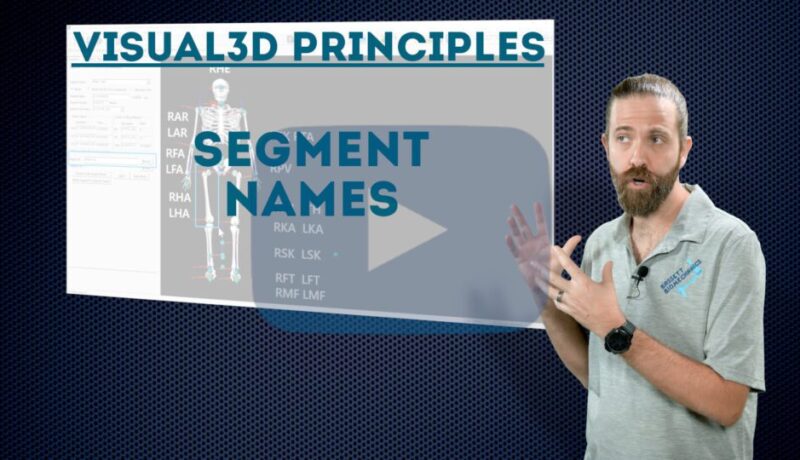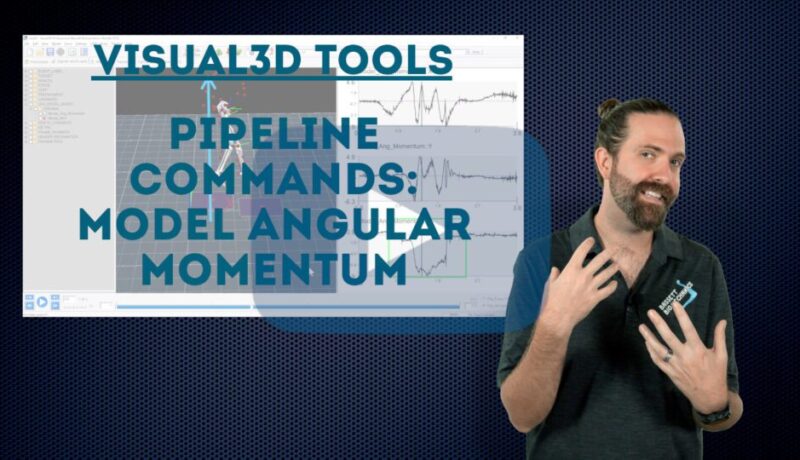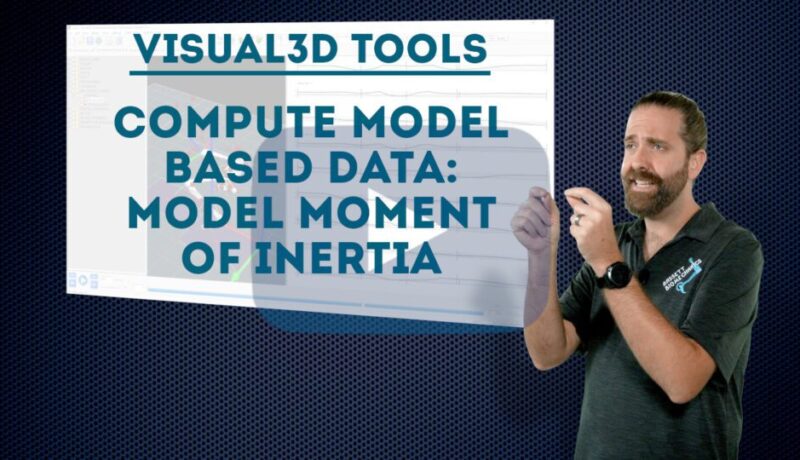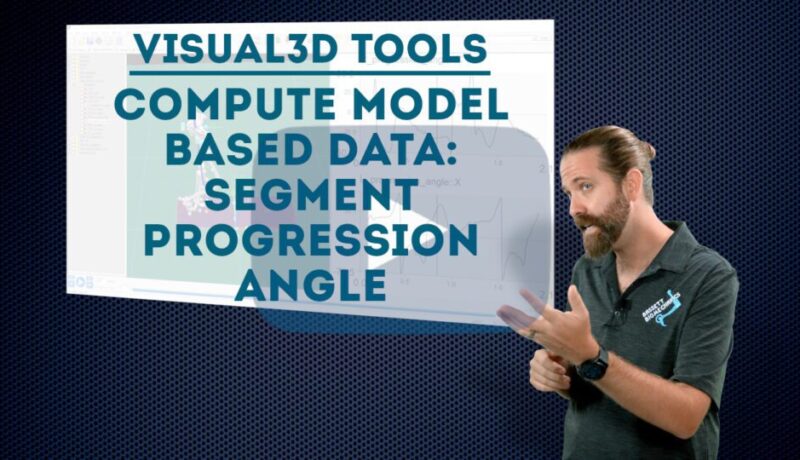Calculations pipeline
Visual3D Expert BuilderPipeline Unit 2 Chapter 3: Calculations pipeline Performing a series of calculations is a perfect example of why […]
Visual3D Expert BuilderPipeline Unit 2 Chapter 3: Calculations pipeline Performing a series of calculations is a perfect example of why […]

Many Visual3D commands, including Compute model based data, use segment short names to refer to body segments in order to perform calculations. In this tutorial, we show you how to use these segment names in Visual3D.

Segments are a fundamental part to Visual3D. From defining them, to tracking them, to performing calculations with them, if you are using Visual3D, you will be using segments. In this tutorial, we go through the short names within the software that are used for the various body segments.

Compute model based data includes an option to calculate the model angular momentum. In this tutorial, we show you how to use this function in Visual3.

In this tutorial, we explain what model angular momentum is, and how it applies to the full biomechanical model in Visual3D.

To quantify the acceleration necessary to overcome the model’s inertia, a very useful value to calculate is the model moment of inertia. In this tutorial, we show you how to calculate it in Visual3d.

In this tutorial, we explain what a model moment of inertia is, and how it applies to the full biomechanical model in Visual3D.

A somewhat rarely used Compute Model Based Data function is to calculate the segment progression angle. It is an interesting feature that can be used to obtain the angle between the foot and the longitudinal direction of motion.

Segment progression angle is an interesting method of calculating the angle between a segment and the direction of motion. Typically used for foot kinematics, but could be useful in other ways.
Visual3D Expert BuilderModel Unit 4 Chapter 1: Dynamically rotating virtual lab The global coordinate system is a very useful reference, […]